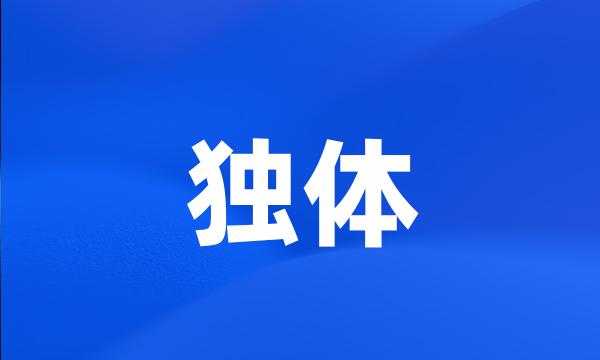独体
- 名integral/single-component form/structure
 独体
独体-
[independent system] 自成体系
-
企业形象研究;现代汉字独体与合体划分探究
Image ; The Research on the Separation of Sole and Compound Character
-
汉字独体字识别中的框架结构效应
Frame structure effects in single Chinese character recognition
-
合体字是由两个或几个独体字(或偏旁)合成的字。
Compound characters are composed with two or several single characters ( or radicals ) .
-
我们需要重视独体字的教学,并运用多样有效的方法来进行独体字教学。
We need to attach importance to single-element character teaching , and using multiple effective method for single-element character teaching .
-
但是关于现代汉字中的独体字与合体字的界限,学界一直没有定论。
But the boundaries between single and compound characters in modern Chinese characters has not been determined in the field .
-
教学设计主要运用了汉字部件教学法,讲授了汉字的结构、汉字部件、独体字与合体字,其中重点介绍了表义部件、形声字与会意字。
This design mainly uses the didactics of Chinese character parts to introduce the structures and parts of Chinese character , single characters and compound characters .
-
随着汉字的演变,有的独体字做偏旁时,形体上有所变化,它们已不再单独成字使用了。
In the process of the development of the Chinese characters , some of the single-element characters have been used as radicals , whose forms and structures have been modified .
-
他在改造和重新解释历史上的慎独观的基础上,把独体提到本体论的高度,使慎独发展成为一种具有理论体系的学说系统。
On the basis of the views of Shen-du in the history , he revised and re-explained these ideas , pushed Du-ti to the ontological area , and developed vigilance in solitude into a theory system .
